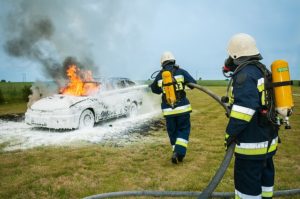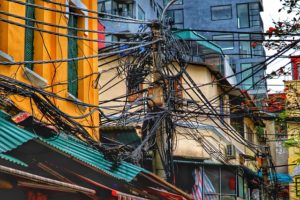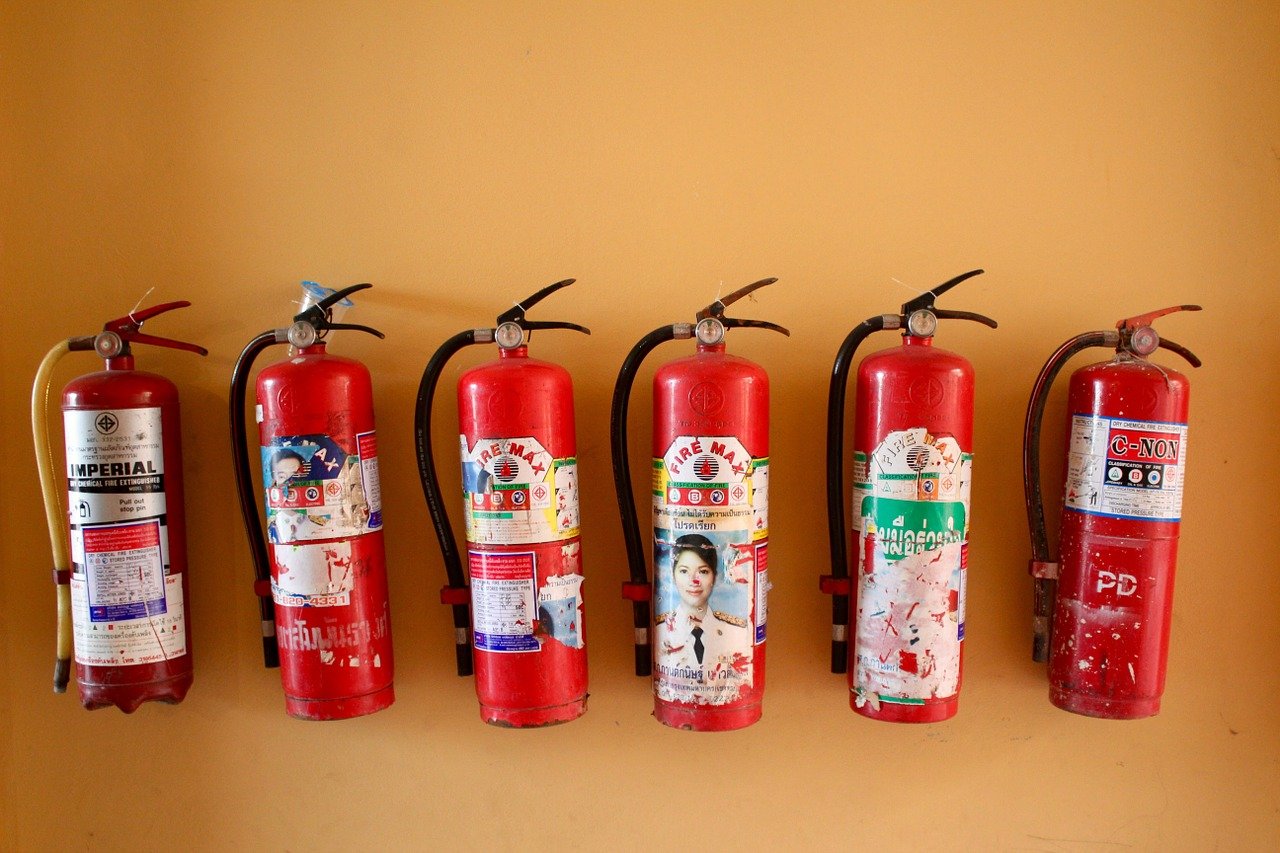Different Types of Fire Extinguishers and Their Uses
Different extinguishers can be used for different types of fires. It would be nice if there were a universal extinguisher for all types of fires, but there are many other ways to fight them. Water can be used to put out a fire, but it can also make electrical fires worse. To start a fire, you need three things: heat, oxygen, and fuel. The fire will stop burning if you remove one of them. How this happens depends on the type of fuel used to start the fire. Fire Extinguisher For Electrical Fire has a different component, and so is for the other classes of fire.
Foam Extinguisher
 Foam extinguishers can be used for Class A and Class B fires. Foam extinguishers are best used for liquid fires such as gasoline and flammable liquids such as paint. They can also be used on solid materials such as wood and paper. The foam seals the liquid and prevents flammable vapors from being drawn into the air, thus extinguishing the fire. These foams are not recommended for free-flowing liquid like cooking oil or Class F fire . These extinguishers can be used to extinguish fires caused by organic materials such as wood, charcoal, textiles, and fabrics.
Foam extinguishers can be used for Class A and Class B fires. Foam extinguishers are best used for liquid fires such as gasoline and flammable liquids such as paint. They can also be used on solid materials such as wood and paper. The foam seals the liquid and prevents flammable vapors from being drawn into the air, thus extinguishing the fire. These foams are not recommended for free-flowing liquid like cooking oil or Class F fire . These extinguishers can be used to extinguish fires caused by organic materials such as wood, charcoal, textiles, and fabrics.
Water Extinguisher
Water extinguishers have a solid red color. They are best used for Class A fires. These extinguishers are recommended for emergency use and should never be used on electrical or cooking oil fires. Water extinguishers can only be used on Class A fires involving paper, straw, charcoal, and other soft objects. These are the most popular, standard, and economical types of extinguishers. Being water-based, they are the easiest to use and the least dangerous. By immersing the fire and all materials in water, they cool the fire. This extinguishes the flames and absorbs the heat from the burning objects.
CO2
 The primary purpose of CO2 extinguishers is to extinguish electrical fires. They are often used in computer server rooms. Carbon dioxide extinguishers leave no residue, unlike foam extinguishers. These extinguishers can be used for class B fires with flammable liquids such as gasoline or kerosene. This extinguisher works by sucking CO2 into the fire, which causes oxygen displacement and extinguishes the fire.
The primary purpose of CO2 extinguishers is to extinguish electrical fires. They are often used in computer server rooms. Carbon dioxide extinguishers leave no residue, unlike foam extinguishers. These extinguishers can be used for class B fires with flammable liquids such as gasoline or kerosene. This extinguisher works by sucking CO2 into the fire, which causes oxygen displacement and extinguishes the fire.
CO2 extinguishers can get very cold when discharged. Those without double-walled, frost-free rotating horns can freeze fingers after use. They can suffocate in confined spaces. The powerful jet from the extinguisher can also wash grease from fryers. They cannot guarantee safety after a fire, as fires can quickly restart once CO2 has been released into the atmosphere.
Conclusion
Once you’ve decided how many extinguishers you need and what types you should buy, it’s time to head to the hardware store. It would be best if you looked for extinguishers that you can lift. Although larger extinguishers are more powerful, you need to know how to use them properly.…

